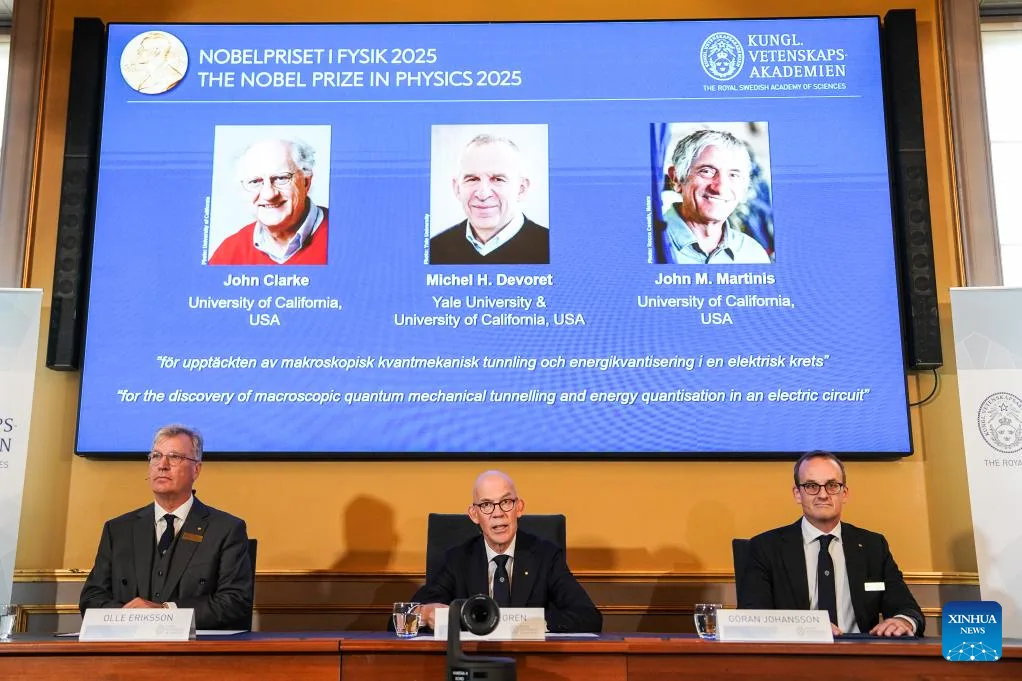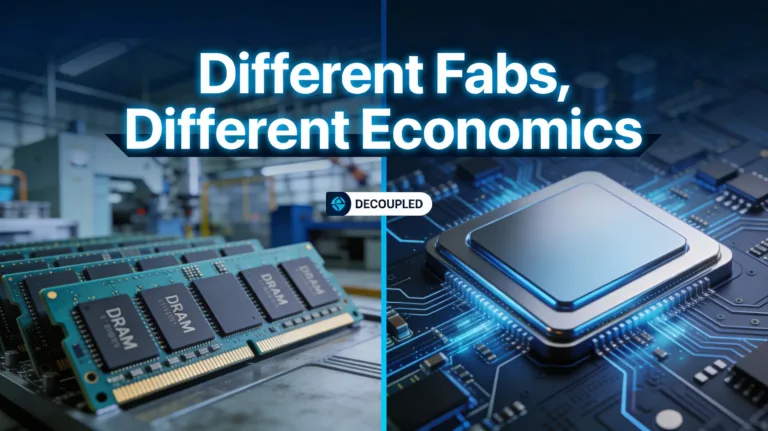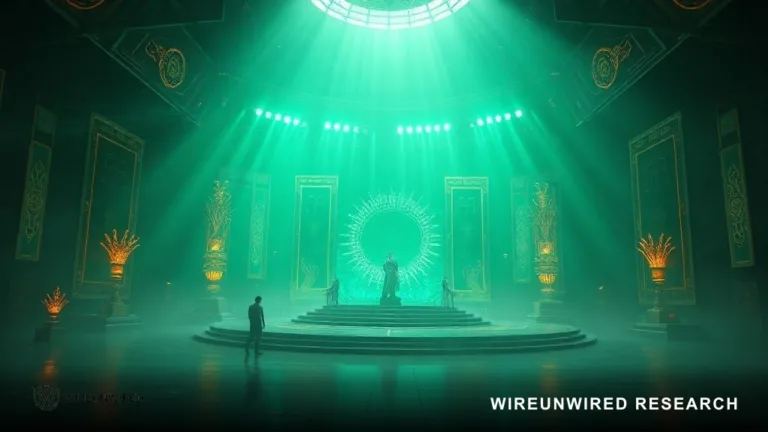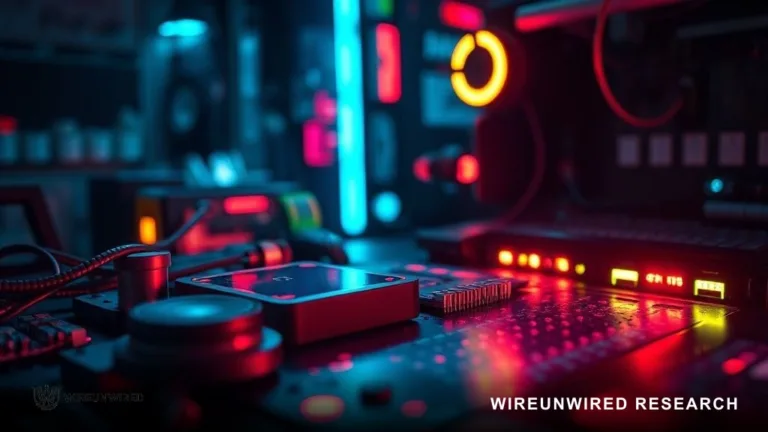The Royal Swedish Academy of Sciences announced on October 7, 2025, the awarding of the Nobel Prize in Physics to three U.S.-based physicists for groundbreaking research demonstrating quantum mechanical behavior in macroscopic electrical circuits. John Clarke (University of California, Berkeley), Michel Devoret (Yale University), and John Martinis (UC Santa Barbara) received the honor for discovering macroscopic quantum mechanical tunneling and energy quantization in electrical circuits—phenomena previously observed only at atomic and subatomic scales. The laureates’ 1980s work established the theoretical and experimental foundation for modern superconducting quantum computing architectures deployed by IBM, Google, and other technology leaders.
What they discovered and why it matters
In the quantum world, particles can do something impossible in everyday physics: pass through barriers they don’t have enough energy to climb over. This phenomenon, called quantum tunneling, explains how radioactive decay works and why the sun can fuse hydrogen at temperatures that should be too low.
But until Clarke, Devoret, and Martinis came along, quantum tunneling was thought to apply only to individual atoms and subatomic particles. The trio proved otherwise: they built superconducting electrical circuits—objects visible to the naked eye—and showed that billions of electrons moving together could tunnel through barriers as a single quantum entity and absorb or emit energy in discrete packets, just like individual atoms.
“I am completely stunned, I think that our discovery, in some ways, is the basis of quantum computing.”
Clarke told reporters at the announcement.
The Royal Swedish Academy of Sciences noted that their work “opened avenues for the advancement of the next wave of quantum technologies, such as quantum cryptography, quantum computing, and quantum sensing.”
Watch the official announcement of the 2025 Nobel Prize in Physics at the Royal Swedish Academy of Sciences
The breakthrough experiments: 1984-1985
Between 1984 and 1985, the three laureates conducted a series of experiments at UC Berkeley with an electronic circuit built from superconductors—components capable of conducting current with zero electrical resistance. The circuit architecture featured superconducting components separated by a thin non-conductive layer, a configuration known as a Josephson junction.
By precisely measuring and controlling every property of the circuit, the researchers explored phenomena arising when current passed through the system. The charged particles moving through the superconductor behaved collectively as if they were a single particle filling the entire circuit—a macroscopic quantum system.
Initially, the system remained trapped in a zero-voltage state, current flowing without voltage as if behind an impenetrable barrier. The breakthrough came when the system demonstrated its quantum character by escaping through tunneling—the appearance of voltage signaling the system’s changed state. The laureates also proved the system absorbed and emitted energy only in specific discrete amounts, exactly as quantum mechanics predicts.
“It is wonderful to be able to celebrate the way century-old quantum mechanics continually offers new surprises,It is also enormously useful, as quantum mechanics is the foundation of all digital technology.”
Olle Eriksson, Chair of the Nobel Committee for Physics. “
Transistors in computer microchips exemplify established quantum technology already surrounding us. The 2025 Nobel Prize in Physics has opened pathways for developing next-generation quantum technologies, including quantum cryptography, quantum computers, and quantum sensors.
From lab bench to quantum computers
The laureates’ circuits became the blueprint for superconducting qubits, the building blocks of quantum computers developed by IBM, Google, and other tech giants. Unlike classical computer bits that are either 0 or 1, qubits can exist in superposition—both states at once—allowing quantum machines to explore many possible solutions simultaneously.
Google’s 53-qubit Sycamore processor, which in 2019 demonstrated quantum supremacy by solving a problem in 200 seconds that would take a classical supercomputer 10,000 years, relies directly on the principles the three Nobel laureates uncovered. IBM has publicly committed to scaling its superconducting quantum systems to over 4,000 qubits by 2025 and beyond 10,000 by 2026.
Real-world impact: from phones to drug discovery
The quantum effects demonstrated by Clarke, Devoret, and Martinis already underpin everyday technology. “One of the underlying reasons that cellphones work” is quantum mechanics, Clarke noted during the press conference. The same tunneling effect powers the transistors in smartphones, laptops, and data centers worldwide.
Looking ahead, quantum computing applications are moving from theory to practice across multiple sectors:
- Drug discovery: Quantum computers can simulate complex molecular interactions that classical machines struggle with, potentially accelerating the development of new medicines for diseases like Alzheimer’s and cancer.
- Financial services: JPMorgan and other institutions are piloting quantum algorithms for portfolio optimization and fraud detection, with McKinsey estimating a $2–5 billion annual operating income boost by 2035.
- Cryptography: Quantum Key Distribution (QKD), enabled by the same quantum principles, promises unbreakable encryption for sensitive data against future quantum threats.
- Climate modeling: Quantum simulations could design better catalysts for carbon capture and develop lighter materials to reduce emissions in transport.
India’s quantum ambitions and the road ahead
The Nobel recognition comes as India accelerates its own quantum push. The Bharat 6G Vision integrates quantum sensing and quantum-safe cryptography into next-generation networks, while government-backed initiatives are building domestic quantum research capacity to compete globally in standards and patents.
Globally, quantum technology startups attracted approximately $2 billion in venture funding in 2024, according to Bain & Company, with industry analysts projecting quantum computing could unlock $250 billion in economic value over the next decade as fault-tolerant systems mature.
What the laureates said
Speaking from his California home, Clarke described the honor as “a surprise of a lifetime.” Devoret, now at Yale and UC Santa Barbara, emphasized that the 1980s work was driven by curiosity about fundamental physics, not a roadmap to quantum computing. “It had never occurred to me in any way that this might be the basis for a Nobel Prize,” Clarke admitted.
The Nobel Committee’s chair, Olle Eriksson of Uppsala University, framed the award as a celebration of quantum mechanics’ enduring relevance: “It is wonderful to be able to celebrate the way that century-old quantum mechanics continually offers new surprises. It is also enormously useful, as quantum mechanics is the foundation of all digital technology.”
The bigger picture
The 2025 Nobel Prize in Physics arrives during the 100th anniversary of quantum mechanics—a theory that has transformed everything from medicine to computing. By proving that quantum behavior scales beyond the atomic realm, Clarke, Devoret, and Martinis didn’t just answer a fundamental physics question; they handed engineers a new toolbox.
As quantum computers edge closer to practical, large-scale deployment, the implications span national security, economic competitiveness, and scientific discovery. For a technology that began as a tabletop experiment in the mid-1980s, the journey from “completely stunned” to Nobel laureate underscores how curiosity-driven research can reshape the world.
For ongoing updates on quantum computing, AI breakthroughs, and emerging tech trends, join the WireUnwired WhatsApp community where tech professionals discuss the latest industry developments.
Key facts at a glance
| Detail | Information |
|---|---|
| Award | 2025 Nobel Prize in Physics |
| Laureates | John Clarke, Michel Devoret, John Martinis |
| Announced | October 7, 2025 |
| Citation | “For the discovery of macroscopic quantum mechanical tunnelling and energy quantisation in an electric circuit” |
| Prize amount | 11 million Swedish kronor (~$1.17 million USD) |
| Key impact | Foundation for superconducting qubits in quantum computers |
Discover more from WireUnwired Research
Subscribe to get the latest posts sent to your email.




